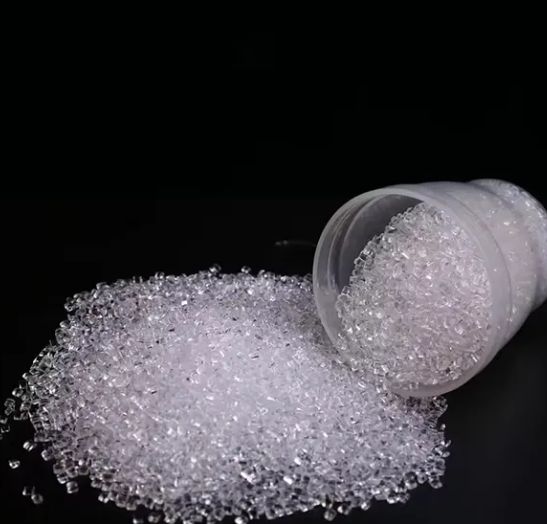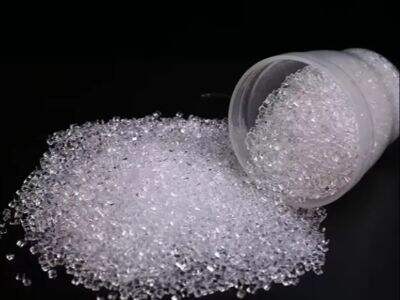Ten Plastic Particles That Can Withstand High Temperatures: Innovation Management in a Knowledge-Based Economy
Introduction:
In today’s world, plastics have grown to be essential in industries and are used in making various products that we use in our everyday lives including electronics, home appliances, and automobiles. Unfortunately, it does not endure heat well and is only useful at lower temperatures at times, which can also be dangerous. In the light of this consideration, ten high temperature resistant plastic particles by JIAFAN have been designed to meet the emerging market for competent thermal plastic raw material.

Advantages:
The first benefit of the ten plastic particles is that they possess high thermal stability meaning that they can be used effectively all through the high temperature operations such as in aerospace industry processing chemicals and even in industries. Further, they are more tough and hold more strength than the regular plastic granules thus enhancing product quality and durability. They also prove to be efficient in providing thermal insulation hence less energy demanded and used resulting in high efficiency.
Innovation:
The creation of these high-temperature resistant plastic particles is at the focus of innovation. They are the outcome of research work, technologies, as well as technologies that come with the manufacturing process. These particles ‘have transformed the manufacturing industry through a process of enlarging the portfolio of the manufacturing vehicles as well as improving the uses and performance of the manufacturing assets.
Safety:
During manufacturing, cherishing safety is one of the most essential and vital principles, and the ten high temperature resistant plastic particles do the same. These materials are characterized by their high temperature stability without forming Damascus or emission of toxic substances that are dangerous to the user and to the product. The high density plastic have proven tested and reflects the standard best practice of other companies in the market, and in terms of product quality.
Use:
The uses of these plastic particles are countless, it is one of the versatile materials the world of manufacturing can offer in solving issues involving flexibility. These particles find applications in many fields such as medical, automobile, aerospace and electronic due to some properties they possess which include thermal, chemical resisting and electrical resisting. They are flexible in application, economical and the tools have relatively long life expectancies making them favorite.
How to Use:
In this current enhancement, the ten high temperature resistant plastic particles act similarly to the traditional plastic particles. These can be processed into any form, size or shape that may be required with the assistance of standard molding tools. The particles used in the application can be easily handled, stored, and transported and there is no need for elaborate training to administer the particles.
Service:
The producers of these particles in the context of plastics guarantee their clients with superior quality service delivery. They advise the clients well in choosing the right particle depending on the intended use and assist with matters concerning the product, including offering maintenance services and prompt solution to any problem that may arise.
Quality:
Qualities are highly valued in manufacturing and the ten high temperature resistant plastic particles are qualities’ guarantee. They are developed in strict compliance with regulatory requirements with special focuses placed on quality, sturdiness, and effectiveness. They are subjected to testing before they are sold to the public making sure they meet the high standards of production.
Application:
The ten high temperature resistant plastic particles have many uses within various lines of business.
1. Transportation sector- in the making of aircraft components, aerospace engine companies, or any other application, which needs heat resistant systems.
2. The medical industry – in the production of medical instruments and equipment that need to be free from contamination from chemicals or are to be used with chemicals without getting affected.
3. Automotive sector – in car engine parts, accessories are located underneath the bonnet, automobile manufacturers, etc., where higher temperatures are tolerated.
4. Electronics industry: In electrical component manufacturing industries as well as in the manufacturing of circuit boards and any other related products like semiconductors that require thermal, photo chemical and radiation stability.
 EN
EN
 AR
AR
 BG
BG
 HR
HR
 CS
CS
 DA
DA
 NL
NL
 FI
FI
 FR
FR
 DE
DE
 EL
EL
 HI
HI
 IT
IT
 JA
JA
 KO
KO
 NO
NO
 PL
PL
 PT
PT
 RO
RO
 RU
RU
 ES
ES
 SV
SV
 CA
CA
 TL
TL
 IW
IW
 ID
ID
 LT
LT
 SR
SR
 SK
SK
 SL
SL
 VI
VI
 SQ
SQ
 GL
GL
 HU
HU
 TR
TR
 BE
BE
 LA
LA
 KK
KK
 SU
SU
 UZ
UZ





